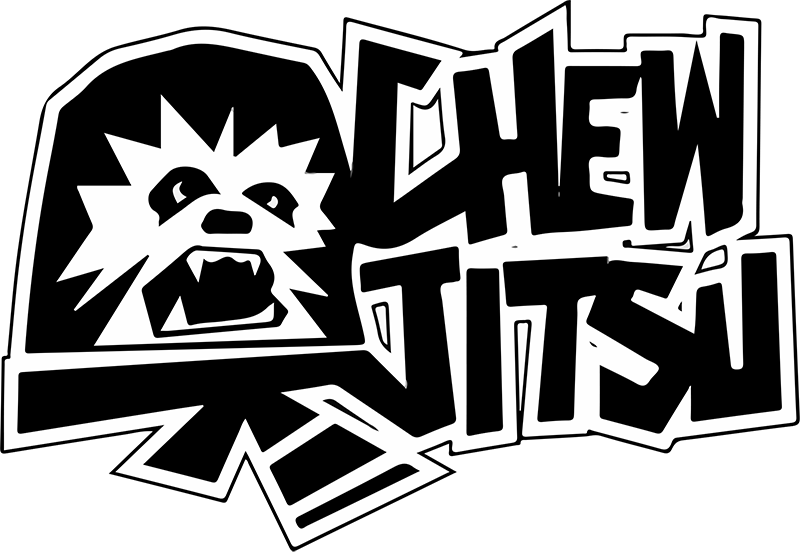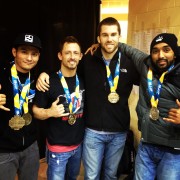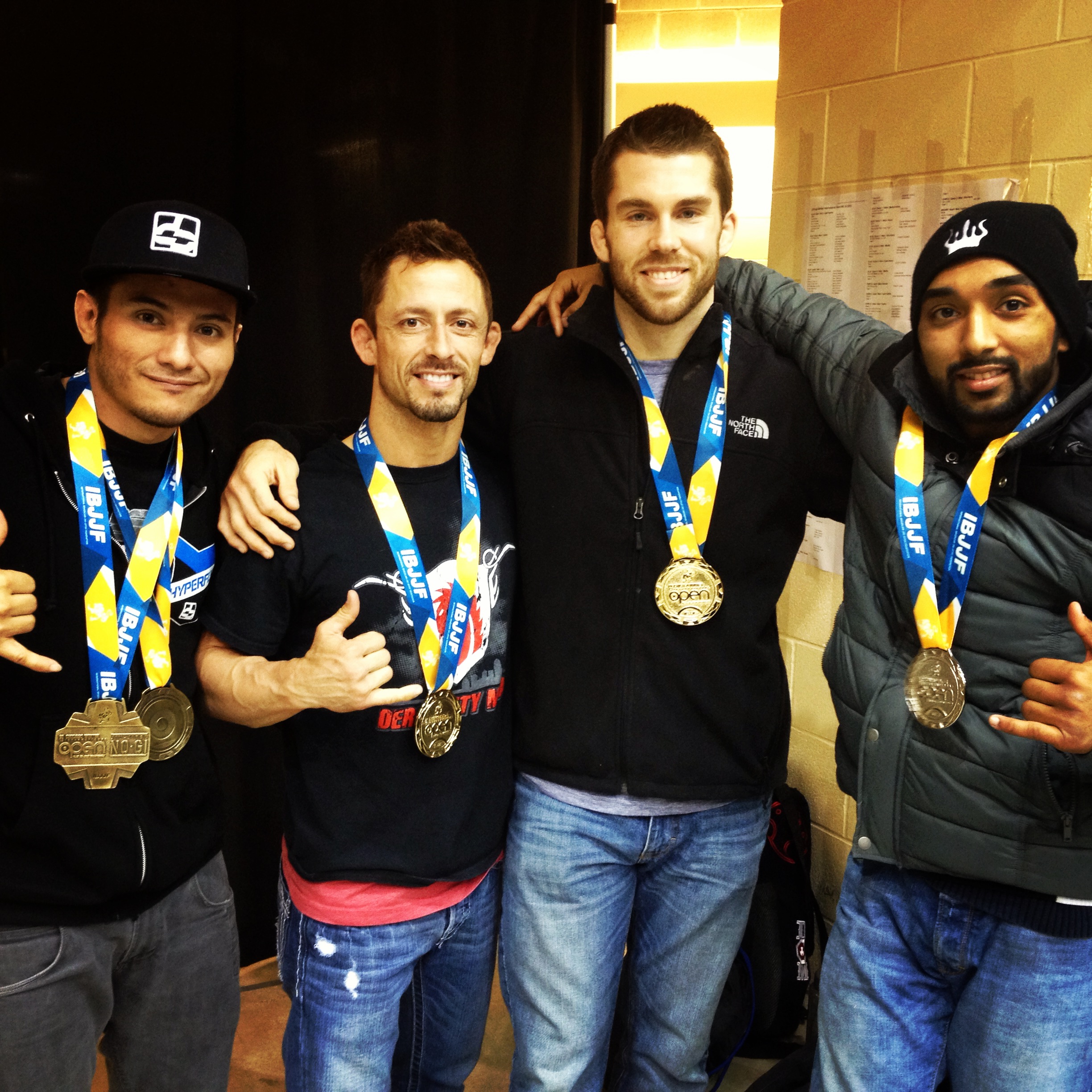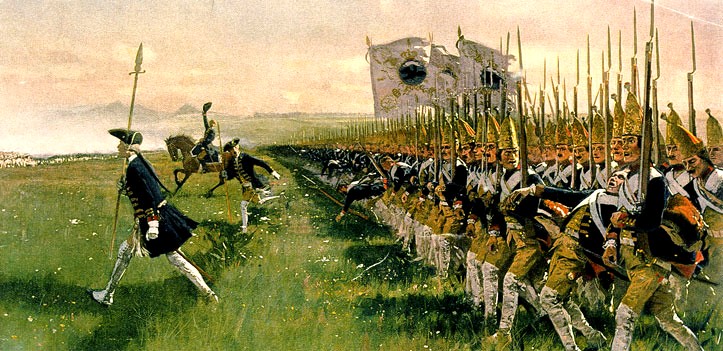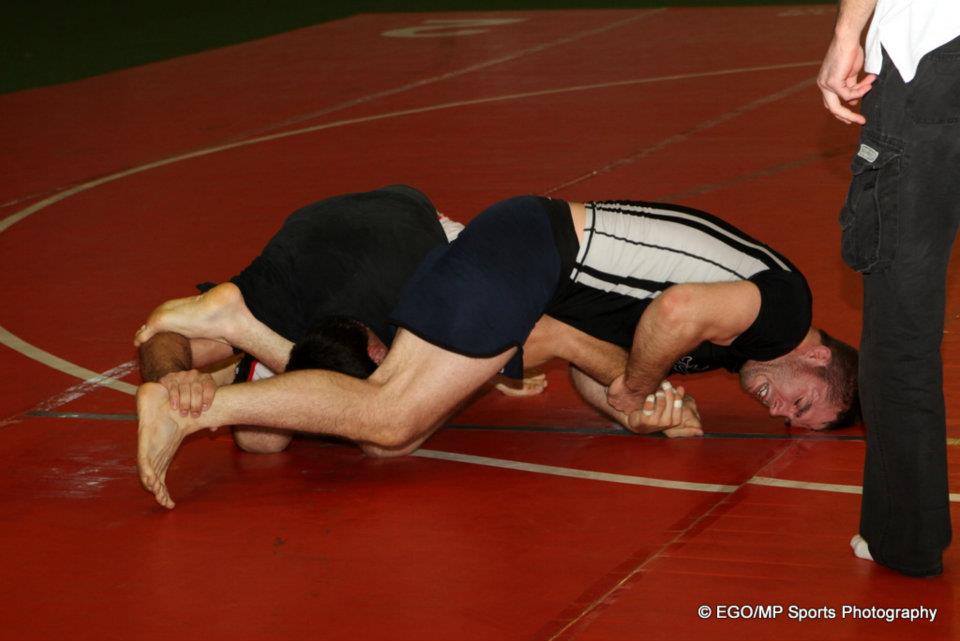Drilling is important for BJJ and Battles (nerdy parallel)
I think it’s safe to say the deeper you go into BJJ, or anything for that matter, the more it consumes your thoughts, and ultimately the more connections you make with other subjects and ideas. Some similarities are a bit unclear while others are easily connected. With that, anytime I read about historical battles I can’t help but notice the similarities to Brazilian Jiu-jitsu. Especially conflicts between European powers where the technology was often similar and it came down to skill of the commanders and men as well as the guile of the men fighting the battle. Like a game of chess, opponents possessed the same pieces and what made the difference is how they were used. With this post I am simply combining some historical information and mixing it with Brazilian Jiu-jitsu. If you read through it, the hope will be to reinforce information you already know just in a history nerd sort of way. If this isn’t your thing, no biggie, but if you want to geek out a little then let’s continue.
Before I begin into the drilling idea, let’s draw the first parallel so that the others make sense. An army’s fighting force or manpower, constitutes its ability to fight. Without it, there isn’t an army to fight. While in abundance, morale is strong and the ability to push forward is an option. Once it begins to diminish, that is to lose men, deterioration of morale soon ensues and the will to fight begins to waver. This in my mind is best linked with the cardio/gas tank/ energy (whatever you wish to call it) of a grappler or fighter. Everyone feels great when they are fresh, but as a person tires their ability and often desire to fight is greatly reduced. Just as some nations were known and feared for their potential manpower (an example being Russia which has traditionally been able to take massive losses and still continue to fight), some fighters are characterized by their ability to continue pushing late into a match and beating their opponents, not just with skill or finesse, but with cardio.
So cardio / gas tank = manpower.
Drilling makes your techniques efficient and more effective
Armies of the 18th and 19th century would drill formations, maneuvers, and essential movements they would require in battle, just like we as BJJ practitioners drill techniques and fundamental movements we need for our matches. As we practice positioning our body into various area to attack our opponents. Likewise, armies would march and form various positions and formations which on the battlefield would precede an attack. Here is what Carl Von Clausewitz (a Prussian general and military theorist) writes when talking about the importance of marching and drilling an army.
“The first, is the due care of the troops, so that no forces shall be squandered uselessly when they might be usefully employed; the second, is precision in the movements so that they fit exactly.”
Using our parallel with manpower (troops) and cardio, draw a parallel with the drilling of an army and drilling your techniques. Drilling your techniques will help you make them more effective and efficient so that you won’t squander your gas tank (troops/manpower) needlessly. In addition, a well drilled technique will inevitably possess a higher rate of success and have a higher chance of finding its mark (fitting exactly) when executed.
Examples of drilling being used to overcome superior numbers can be seen in British Naval gunnery during the 18th century and the infantry of Prussia under Frederick the Great. In both, men were drilled rigorously. British sailors were said to be able to fire 2-3 broadsides for every 1 of their French or Spanish counterparts. The Prussian army under Frederick the Great would go on to win several wars against numerically superior forces. During the engagements they would execute superior formation maneuverability, that is to put themselves in favorable positions for attack or exploiting weaknesses in their enemies as they presented themselves. In addition, the rate of fire by their musketry was nearly three times as fast as most armies of the time period. Imagine playing chess and getting three moves for every one of your opponents. These were a result of drilling and training.
As I said at the beginning, this was not intended to be ground breaking new information for Brazilian Jiu-jitsu. Rather, just a reinforcement of what we already know from another subject. We all know drilling is incredibly important. It strengthens our ability to execute our movements. Whether you’re competing, trying to hit your buddy in class with a new sweep or fighting on a battlefield. Drilling is crucial.
Add speed to your drilling
The one idea I will throw into this, and again it’s nothing new, is to incrementally work up the speed of the technique you’re drilling. When you first learn a technique that isn’t familiar to your body, it often has an almost unwieldy quality. It just doesn’t feel right. However, after hundreds and thousands of reps it feels smooth and comfortable. At this point you can probably perform a repetition of the technique while holding a conversation. The mistake I often times see younger students commit, is drilling techniques only at a slow pace and never working up the speed. Drilling slowly is effective to a point, but it’s important to add speed and eventually a little resistance when drilling because you’re going to need to be able to deal with the stress created by both of these things.
Whenever I am attempting to add in a move that isn’t familiar or comfortable I follow this sort of process.
Phase 1: Learning the technique for the first time and drilling it slowly to learn the movement.
Phase 2: Begin to add speed to the technique. Try and execute it faster. It will be no doubt be sloppier at first.
Phase 3: Add a slight amount of resistance to the technique. An example would be, if you were trying to sweep from guard. Have your drilling partner offer a strong base and resist your sweep. Not 100% but maybe 20%. Just enough so that you get a feel for fighting through opposition which will eventually confront your technique during rolling or a competition match.
Phase 4: Situational flow rolling with a partner. Again, keep a minimal amount of resistance going, but now add some movement. For example, if you are working on passing the guard. Have your partner give you a real look just with light resistance. Meaning they will work grips, defend and adjust to your movements as they would during a full roll, just not full speed.
Phase 5: Full speed situational rolling. After you’re reasonably comfortable with a technique. You need quality experience with it under live conditions. This is a good time to grab a partner for open mat and roll from the position you’re trying to better. If you don’t have the option of going to an open mat and doing extra work, then try and put yourself into the positions during free rolling. For instance, if you’re working on mount escapes, let the person mount you so that you have a chance to work your mount escape techniques.
As always, thanks for reading!
Chewy
*Now time to go back to reading since snow has put a damper on our gym’s training today 🙁
